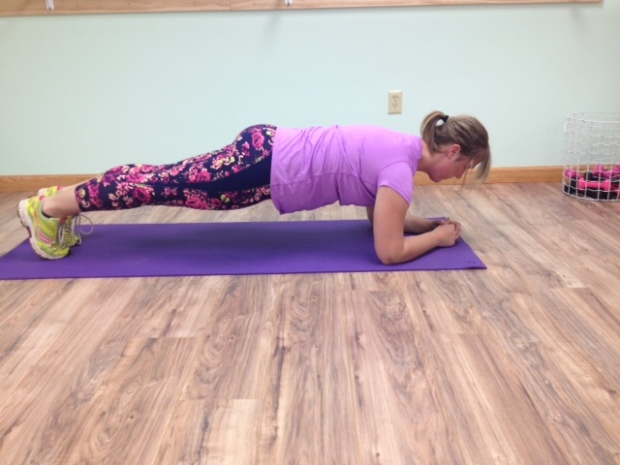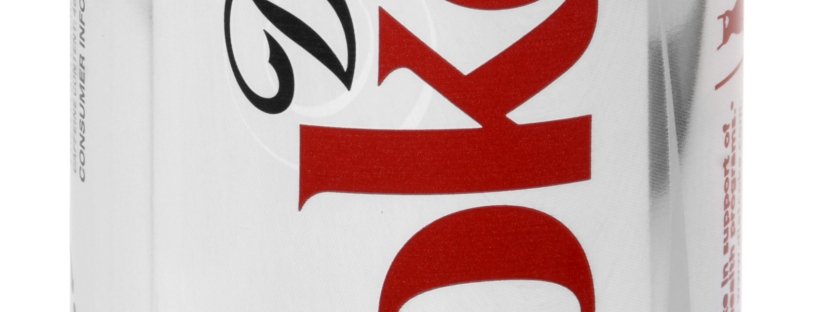Alright, I know that most ladies are not talking about their “lady issues” or what to do about them with other people other than their gynecologist. But I’m going to talk about the things that you don’t want to because more and more women are coming into my office with these complaints and they have never been told that there could be a solution for them (other than taking some form of medication). Some of the most common lady issues are incontinence, painful intercourse, and frequent urination. The hidden secret to resolve these issues lies in your pelvic floor, literally. Read on to learn more about these issues and how to resolve them.
Incontinence. Urinary incontinence is defined as any amount of leakage of urine during any type of activity. So no, it’s not okay that you just avoid jumping jacks at the gym or running up the stairs. Your pelvic floor muscles are a really big factor here because when they are working optimally, you should not have any type of incontinence. It’s not necessarily that the muscles are weak and require strengthening because there are instances where the muscles are in spasm and cannot work because they are already contracted too much. The muscles should also be capable of several things, contracting strongly, maintaining a contraction for several seconds, making quick contractions and working reflexively to contract prior to coughing or sneezing. If you are experiencing incontinence, you should think about working with a pelvic floor physical therapist that is specially trained in this area and can address your specific cause for the incontinence. I would not recommend “just doing kegels” without having it evaluated first because if the muscles are in spasm, kegels will make things worse.
Painful intercourse. If the pain feels more superficial, you could need more lubrication for sexual intercourse. Vaginal dryness is a side effect of decreased estrogen so as women age, their estrogen levels decrease, and can result in dryness. If you are experiencing deeper pain during intercourse, it’s likely that you could have trigger points within the pelvic floor muscles. When something is putting pressure on those trigger points, it will elicit pain. This is especially common after having a baby due to the trauma that the pelvic floor muscles underwent during pregnancy and birth. The best way to resolve this issue is to work with a pelvic floor physical therapist that will be able to manually release these trigger points and eliminate the pain.
Frequent urination. Do you find yourself running to the bathroom often even if you just went a few minutes before? Or perhaps you feel like you aren’t fully voiding therefore you have to go again soon after? Or maybe you get worried about needing to go so you have begun to just go to the bathroom before you leave a place “just in case.” Sound like you at all? These symptoms indicate urge incontinence where you get a very strong urge to urinate and may or may not have issues with leakage. If this is a new issue that just popped up out of nowhere, you should see your primary doctor as it may be a bladder infection or urinary tract infection. But if this issue has been going on for quite some time, it’s time to have it addressed. What happens during urge incontinence is that the bladder begins to be trained to not fill fully so you begin to get signals from the bladder that you need to void even though it is not filled all the way. This begins to form a habit and before you know it, you will be running to the bathroom all the time. For women with this issue that come into the office, we typically have them start recording when they are going to the bathroom so we can begin to retrain the bladder and increase the time between bathroom trips little by little. Find a pelvic floor physical therapist that can help you with this so you don’t have to be afraid to go on long car trips or on long shopping sprees!
If you have been experiencing any of these issues, it’s time to get them addressed. Women do not need to deal with these issues throughout life and you should be able to enjoy things such as sexual intercourse without having pain or jumping on the trampoline without wetting your pants. The issues aren’t as simple as “doing kegels” like so many other articles you may have read so see a specialist that can address all the factors and get you living an active life again! Check out our website or email me with your questions at Brenda@revitalize-pt.com




